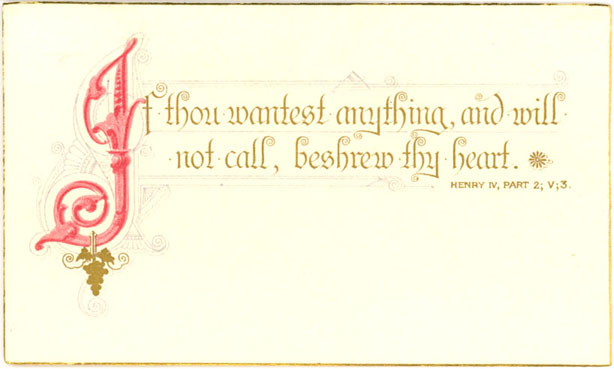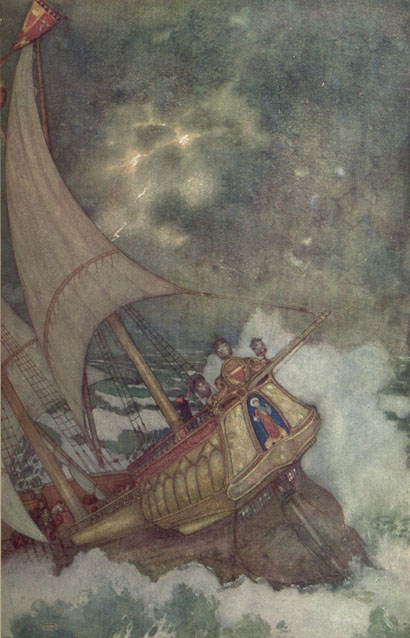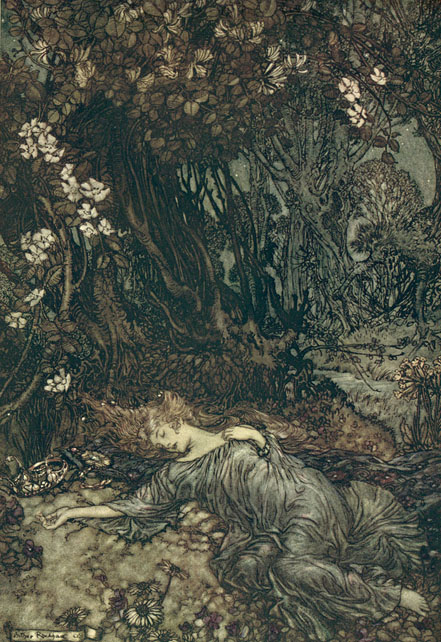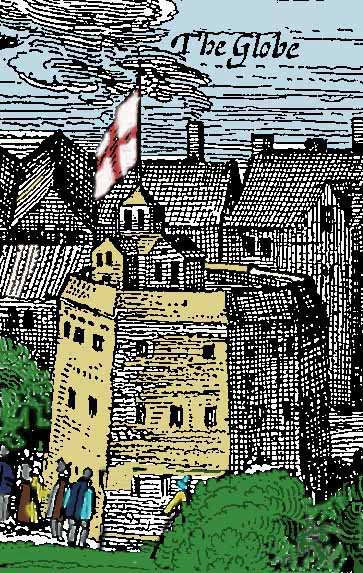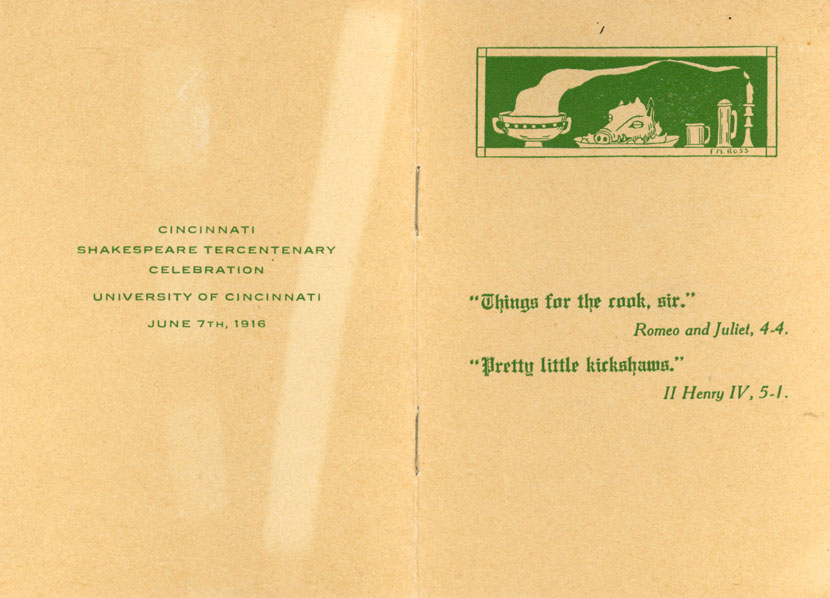By: Sydney Vollmer, ARB Intern
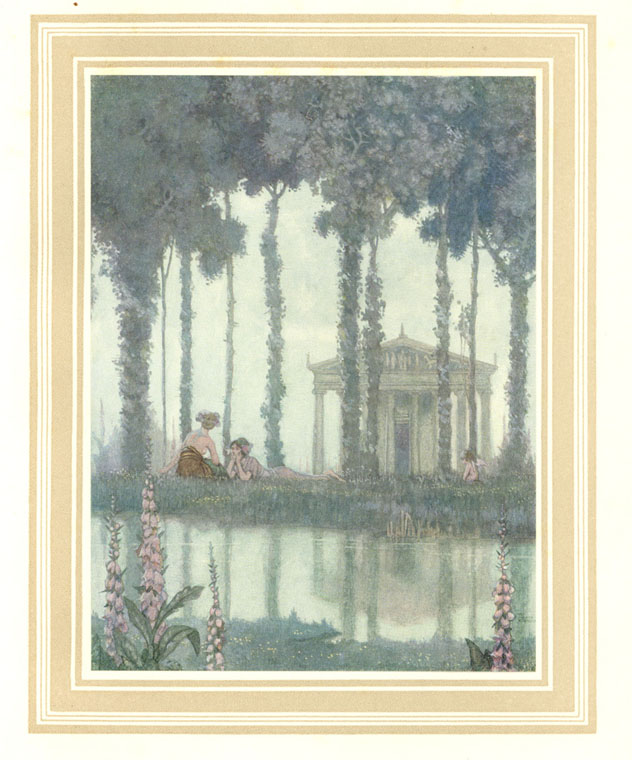 Our Shakespeare family is growing! This week, we received a copy of A Midsummer Night’s Dream with illustrations by W. Heath Robinson! Sure, sure. We know you already know the play, but do you know this illustrator?
Our Shakespeare family is growing! This week, we received a copy of A Midsummer Night’s Dream with illustrations by W. Heath Robinson! Sure, sure. We know you already know the play, but do you know this illustrator?
Heath Robinson (weird that he goes by his middle name, especially when it’s also the middle name of one of his brothers) was born to illustrate in May of the year 1872. Even if he hadn’t had any talent, some form of artistry was surely expected of him. His father and both of his brothers all worked as illustrators. Heath, himself, aspired to paint landscapes. Why, I will never understand. Fortunately for us book lovers, he found little success with that venture and thus was born another illustrator to the Robinson family. Continue reading

